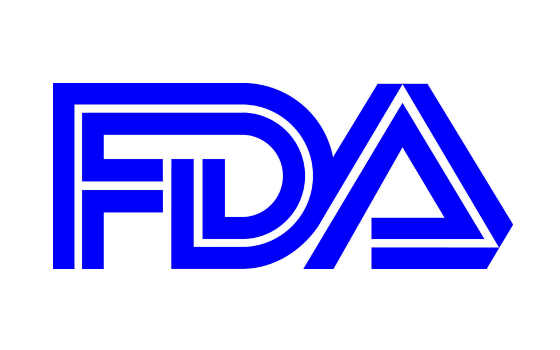 Today, the U.S. Food and Drug Administration cleared a mobile medical application (app) to help increase retention (the amount of time a patient participates) in an outpatient treatment program for individuals with opioid use disorder (OUD). The reSET-O app is a prescription cognitive behavioral therapy intended to be used in addition to outpatient treatment under the care of a health care professional, in conjunction with treatment that includes buprenorphine and contingency management. Contingency management is a behavior modification intervention that establishes a connection between new, targeted behavior and the opportunity to obtain a desired reward.
Today, the U.S. Food and Drug Administration cleared a mobile medical application (app) to help increase retention (the amount of time a patient participates) in an outpatient treatment program for individuals with opioid use disorder (OUD). The reSET-O app is a prescription cognitive behavioral therapy intended to be used in addition to outpatient treatment under the care of a health care professional, in conjunction with treatment that includes buprenorphine and contingency management. Contingency management is a behavior modification intervention that establishes a connection between new, targeted behavior and the opportunity to obtain a desired reward.
"As part of our efforts to address the misuse and abuse of opioids, we're especially focused on new tools and therapies that can help more people with opioid use disorder successfully treat their addiction. Medical devices, including digital health devices like mobile medical apps, have the potential to play a unique and important role in contributing to these treatment efforts. That's why, for example, we launched an innovation challenge earlier this year to promote the development of medical devices that could help treat addiction," said FDA Commissioner Scott Gottlieb, M.D. "Often on the road to recovery, patients find their commitment to staying in treatment may wane. Providing Americans suffering from opioid use disorder with more options and proper support to address treatment challenges is key to helping them succeed. We know medication-assisted treatment works and we support novel ways to keep individuals more engaged in their treatment programs and to provide clinicians with new ways to intervene to help them remain in treatment."
The reSET-O is an app that can be downloaded directly to a patient’s mobile device after they receive a prescription to do so from their doctor. It is intended to be used while participating in an outpatient OUD treatment program. It can serve as a training, monitoring and reminder tool for health care providers and patients in maintaining an outpatient treatment program. It includes a compliance reward system - such as earning special icons on a prize wheel within the app.
The FDA reviewed data from a multi-site, unblinded, controlled 12-week clinical trial of 170 patients who received supervised buprenorphine treatment paired with a behavior therapy program, either with or without the addition of a desktop-based version of reSET-O, which was accessed at the clinic. Patients received supervised administration of buprenorphine and urine screens three times per week and participated in a contingency management system to reward negative urine tests. The use of reSET-O was not shown to decrease illicit drug use any more than patients who received buprenorphine treatment and contingency management alone. However, the data showed a statistically significant increase in retention in a treatment program for 12 weeks for the patients who used the desktop computer version of the reSET-O program compared to those who did not. In the trial, patients who used the desktop computer version of reSET-O had an overall retention rate through the end of 12 weeks of treatment of 82.4 percent compared with 68.4 percent overall retention rate for patients who did not.
The reSET-O app has not been shown to decrease illicit drug use or improve abstinence in patients with OUD. Data from the clinical studies did not indicate any side effects associated with use of the program used in the trial. The adverse events evaluated were typical of patients with OUD, including cardiovascular disease, gastrointestinal diseases, HIV, Hepatitis C, nutritional diseases, risk of overdose, depression, mania, suicidal behavior and suicidal ideation and attempts. The app is not intended to be used as a stand-alone therapy, as a substitute for medication, or for patients whose primary language is not English.
The reSET-O device was reviewed through the premarket notification (510(k)) pathway. A 510(k) is a premarket submission made to the FDA to demonstrate that the device to be marketed is at least as safe and effective, that is, substantially equivalent, to a legally-marketed device.
The FDA granted clearance of the reSET-O device to Pear Therapeutics.
The FDA, an agency within the U.S. Department of Health and Human Services, protects the public health by assuring the safety, effectiveness, and security of human and veterinary drugs, vaccines and other biological products for human use, and medical devices. The agency also is responsible for the safety and security of our nation's food supply, cosmetics, dietary supplements, products that give off electronic radiation, and for regulating tobacco products.